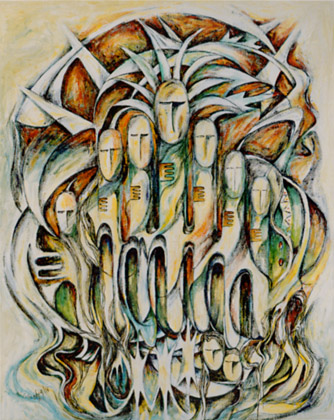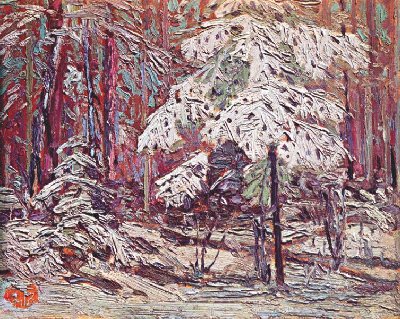 |
||||
|
Simple Steps to Understanding Art: A Guide for Beginners
Some people form deep connections with art naturally and have a liking for any piece of art they come across. Others struggle with understanding even the simplest forms of art and can't see what the big deal is. With such a wide selection of unique art pieces from different places, there is a lot to gain from understanding art. Why Is Art Important? By unmasking the importance of art, it is easier to make an effort towards appreciating artistic expressions. Here are some reasons that make art matter, not just for art students but for everyone. ❖ It Preserves History Art has been instrumental in conveying important events from the past. One such painting is Leonardo Da Vinci's The Last Supper, which portrays the last meal Jesus Christ shared with his disciples before his crucifixion. ❖ It Has Therapeutic Benefits Expressing yourself through art helps to reduce stress, battle anxiety and depression, process feelings, and increase one's self-esteem. Art therapy is a great addition to traditional mental health treatment. ❖ It Promotes Creativity Art has one remarkable ability. It inspires. It inspires to write, paint, build, create. It is an excellent source of inspiration able to boost creativity in anyone. ❖ It Fosters Cultural Exchange Art is a melting pot of different cultures. By studying art with diverse origins, we learn to appreciate other cultures. ❖ It Transforms Spaces Placing unique works of art in the home or public spaces can significantly transform these areas from boring into lively places. How to Understand Art
Many people find art intimidating and choose to ignore it altogether. However, this is a grave misconception that you can avoid. Once you know how to derive meaning from art, the possibilities are endless. Here is a quick guideline to help you understand art better and begin your journey to art appreciation. Look at It To appreciate a work of art, the first step is looking at the piece. Seeing art the first time elicits different kinds of emotions in different people. Whatever thoughts that cross your mind when looking at a piece of art are valid. Embracing these thoughts is the first step towards understanding art. Art is universal, and the chances are that other people will share some of your sentiments. Form Your Perception Some people tend to feel unsure when it comes to interpreting art. Everyone can make independent observations, necessary for unmasking artistic presentations. The thoughts that first come to mind when looking at art go a long way into shaping your perception. It is normal to feel awkward at first as you learn to put your thoughts in words. Nevertheless, they are an essential part of your journey to a clear understanding of art. Do not shy away from talking about your thoughts regarding a particular artist or their work. Ask Questions What do you do when you want to learn new things? Asking questions is one of the most effective ways to get information concerning various topics. In this case, finding out what other people think about a specific work of art can yield meaningful insights. It is advisable to ask yourself art questions based on the what's, why's, and when. Examples of such questions include: What was the intention of the artist? Why did they use a particular technique? When was the art created? Answering these questions already provides a reasonable amount of information, and if you are having difficulties with art analysis assignments, consider listening and reading other peoples' opinions can help you learn what to expect when you look at art. Reflect on Your Findings As a viewer of art, your thoughts matter and can help you derive meaning from an artist's work. Every time you are interested in an artistic piece provides an opportunity to draw conclusions. Whatever findings you make as you decode works of art are important. For instance, you might find that a specific painting technique was popular during a particular era. Such a finding can provide important clues on the period's technological advancements. Also, you can gather new ideas or improve your creativity by reflecting on the art of established artists. Follow Art News
The easiest way to understand something is always to find out as much as you can about it. Similarly, to develop a profound understanding of art, you need to dig into the subject. There is a wide selection of resources to feed your curiosity. You can visit art galleries if possible and gather as much information as possible. Joining online art communities and blogs where art students and art lovers share insights can significantly boost your knowledge. By following the latest trends on the art scene, you will gather useful information to make your art studies enjoyable. Conclusion Whether you would like to understand art better or take your artistic skills to the next level, these guidelines will get you started on the right footing. Anyone can move from novice to a seasoned art lover or critique by following these steps.
|
|
|||
|
|
||||
|
|
||||


